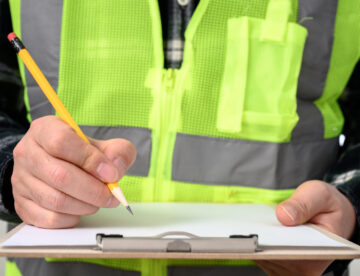
The title of this week’s blog might seem obvious but, in reality, there are all kinds of barriers that prevent people from experiencing good mental health – barriers in our homes, schools and workplaces as well as other issues like simply not knowing how to talk to each other about worries and feelings.
We’ve previously published articles focusing on how to look after your own mental health so, for this year’s mental health day, we’re sharing some tips for how you can check in with and support others.

A new NVQ for Brickwork Technicians has just been launched by the Association of Brickwork Contractors.
With building safety compliance in mind, the qualification has been designed for the thousands of people who work within the brickwork industry on important tasks that support the bricklaying process (but who are not actually bricklayers). Find out more here.

Six members of our office staff enjoyed a wonderfully relaxing day at a local Spa on Friday as a reward from Sheriff for their hard work and commitment to the company.
Heading out to Sopwell House in St Albans, the team indulged in a day of ‘5 bubble’ luxury spa facilities, massage treatments and a three-course lunch. Take a look at this week’s blog to find out more.

